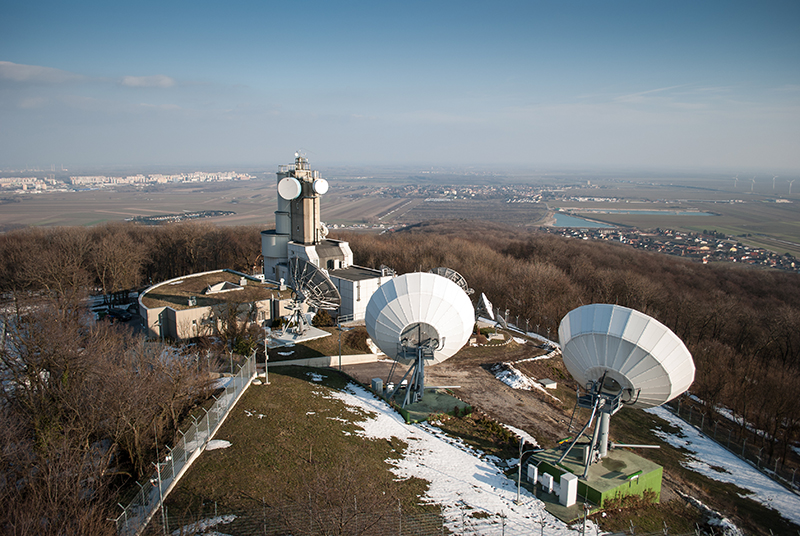The Earth Day is the 22nd of April every year. It aims to raise people's awareness of existing environmental issues, mobilize people to participate in the Environmental movement, and improve the overall environment of the earth through green and low-carbon life. Dennis Hayes is the founder of this event and is also known as the father of Earth Day.
This year is the 54th Earth Day, with the theme of "The Earth of All Living Beings".
Top Ten Environmental Issues
Environmental Issues
01 global warming
The continuous increase of greenhouse gases such as carbon dioxide leads to changes in the composition of the atmosphere.
02 Depletion and destruction of the ozone layer
The ozone layer can absorb ultraviolet radiation from the sun to protect life on Earth from excessive ultraviolet radiation, and store energy in the upper atmosphere, playing a role in regulating the climate.
03 Biodiversity reduction
It is estimated that at least 50000 biological species are extinct every year in the world, with an average of 140 species being extinct every day.
04 The spread of acid rain
As a manifestation of air pollution, it will lead to Soil acidification, corrosion of building materials, obstruction of the growth of fish and shrimp in the water, and affect the human environment in many ways.
05 deforestation
Green Barrier - Forests are disappearing at an average speed of 4000 square kilometers per year.
06 Land desertification
The Tigris and Euphrates basins, the cradle of human civilization, have changed from fertile soil to desert. The Yellow River Basin in China also suffers from severe soil erosion.
07 air pollution
The main factors of air pollution are suspended particles, carbon monoxide, ozone, carbon dioxide, Oxocarbon, lead, etc.
08 water pollution
Water is one of the substances that we need most in our daily lives and are most exposed to, but even water has now become a dangerous substance.
09 marine pollution
Marine pollution leads to frequent occurrence of red tides, damaging mangroves, coral reefs, and seaweed, resulting in a sharp decrease in nearshore fish and shrimp, and heavy losses in fisheries.
10 Transboundary transfer of hazardous waste
Hazardous waste refers to waste, other than radioactive waste, that has chemical activity or toxicity, explosiveness, corrosiveness, and other harmful characteristics to the human living environment.
Precision environmental monitoring instruments
Monitoring Instruments














